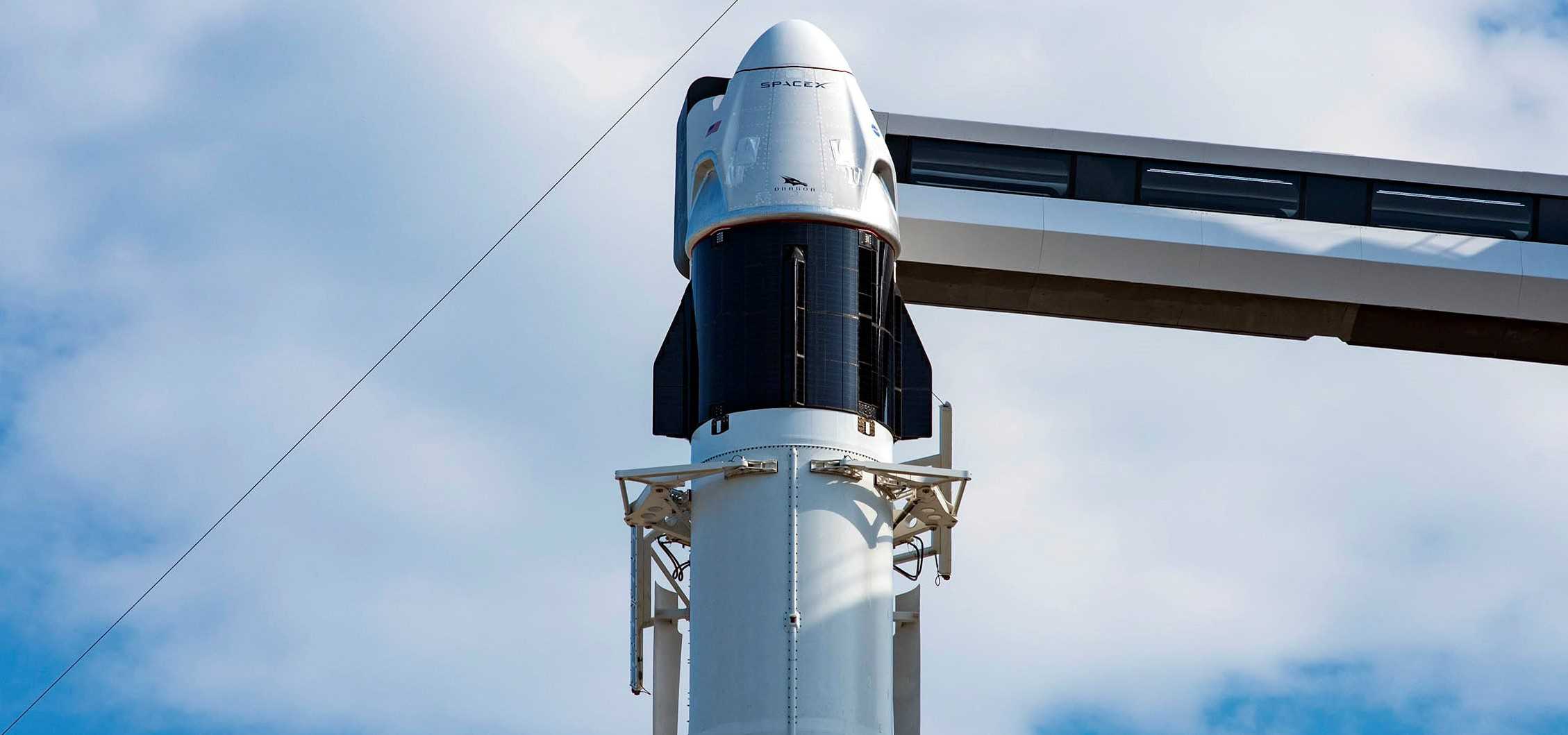
SpaceX set for its most important launch ever as skies, seas threaten delays
by Eric RalphSpaceX remains on track for an inaugural NASA astronaut launch that will arguably be the most important single mission in the company’s history, although Florida’s summer weather continues to conspire to delay it.
Heavily dependent on Atlantic Ocean weather conditions, skies (and seas) thankfully appear to be clearing up on the home stretch to Crew Dragon’s Demo-2 astronaut debut. Set to be the first time NASA has launched its own astronauts in nearly a decade and the first time SpaceX (or any private company) has launched humans into orbit, the stakes have never been higher for the 18-year-old Elon Musk venture.
If successful, it will catapult the company into an unprecedented era, proving countless traditional aerospace naysayers wrong and beating the likes of Boeing to the punch — all with a self-built reusable rocket and spacecraft that are dramatically cheaper than their closest competitors. It will be the single most encouraging step SpaceX has taken towards the permanent settlement of the solar system. On the other side of the double-edged sword, if things go south, it’s hard to exaggerate the scale of the setback and road to retribution that would face the pioneering spaceflight company.
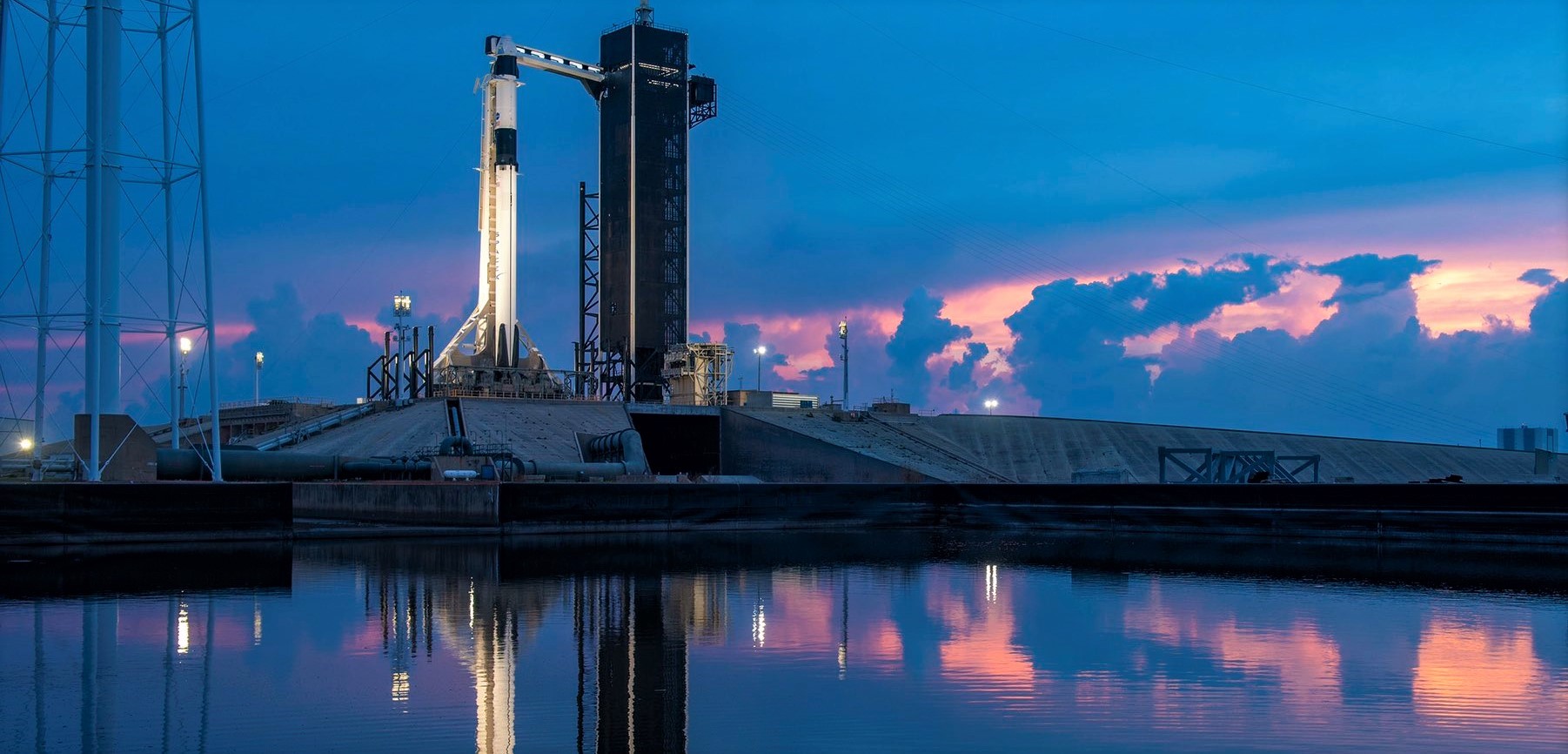
For two interconnected reasons, SpaceX’s Crew Dragon astronaut missions are going to be extraordinarily sensitive to weather restrictions come launch day, a fact that has come to partially dominate the tone of Demo-2 preparations over the last few days. First and foremost, NASA’s single highest priority for crewed Commercial Crew Program (CCP) launches is and will continue to be astronaut safety.
If things go according to plan, Crew Dragon’s Demo-2 mission will also be the first time NASA astronauts have splashed down in the ocean since July 1975, when the space agency completed the last launch of an Apollo Command and Service Module (CSM). Recovering crewed spacecraft from the ocean carries numerous challenges and constraints with it, many of which involve specific spacecraft characteristics. For SpaceX and NASA, Crew Dragon will have fairly strict requirements for sea states and weather during astronaut splashdowns. Additionally, thanks to SpaceX’s innovative inclusion of a built-in abort system in the Crew Dragon capsule, the spacecraft will be able to abort at any point during launch, from before liftoff all the way to orbit.
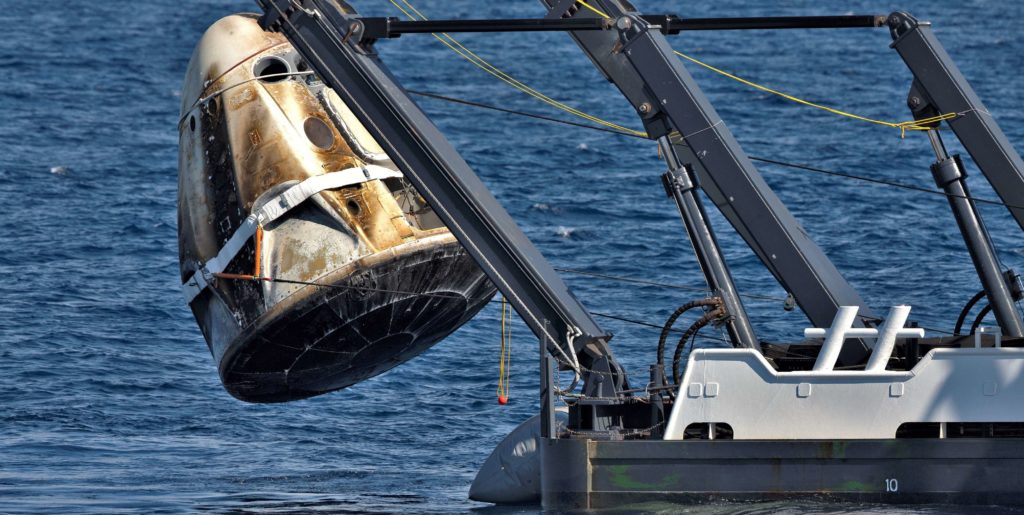
As a direct result of that significant safety improvement, SpaceX and NASA are ironically going to have a more challenging time launching Crew Dragon as dozens of possible abort splashdown locations stretching across the Atlantic Ocean will have to be constantly monitored for weather violations. SpaceX Vice President of Build and Reliability Hans Koenigsmann described the method of weighing those dozens of sites as an extremely complex algorithm, suggesting that unacceptable weather in certain spots might not fully delay a launch opportunity.
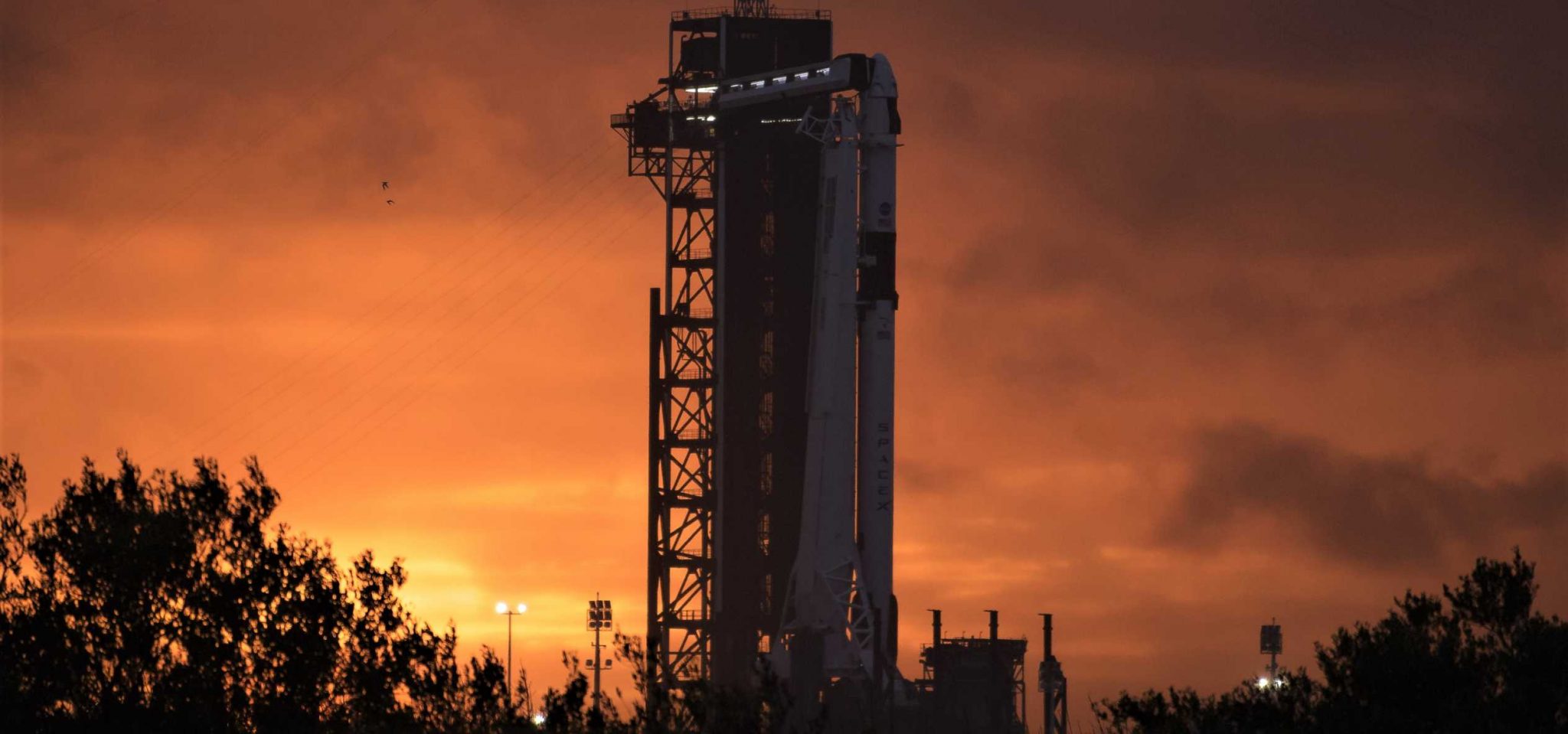
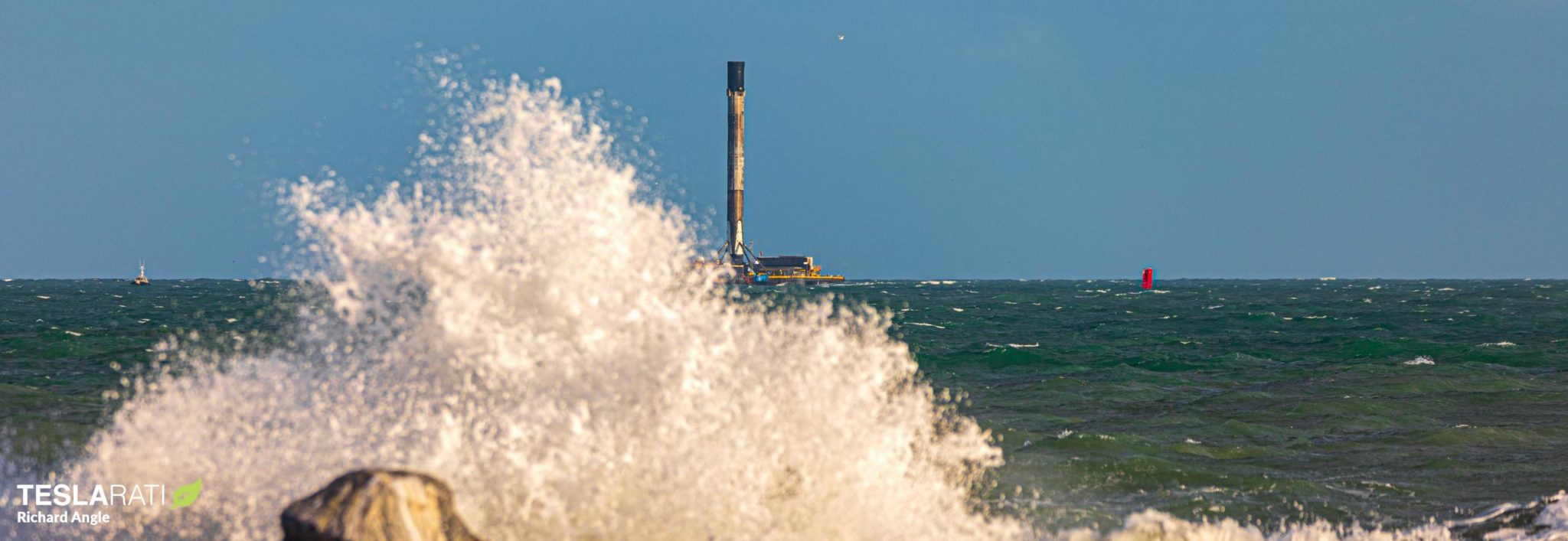
Still, adding in the need for SpaceX to attempt to recover Falcon 9 boosters on ocean-based drone ships like Of Course I Still Love You (OCISLY), which carries its own weather restrictions, the company’s astronaut launches are going to be extraordinarily sensitive to environmental factors. As of now, SpaceX’s inaugural astronaut launch remains technically on track to lift off at 4:33 pm EDT (20:33 UTC) on May 27th. The latest forecasts predict a 60% chance of favorable weather on Wednesday, up from 40% around 24 hours ago.
A backup window on May 30th shows a 70% chance of favorable weather, with both days primarily challenged by the likelihood of thunderstorms in and around Cape Canaveral. That forecast, however, doesn’t account for the dozens of locations in the Atlantic Ocean that will also need some level of favorable weather. To quantify the scale of weather-related challenges, Koenigsmann revealed in a prelaunch briefing that the weather component of the flight readiness review (FRR) alone involved a presentation with more than 60 slides. According to Elon Musk, NASA and SpaceX will decide later this morning whether the Atlantic Ocean is calm enough to proceed with Crew Dragon’s historic launch attempt.
SpaceX and NASA will both host livestreams of the Demo-2 mission beginning around noon EDT (16:00 UTC). Stay tuned for updates as we close in on the momentous occasion.